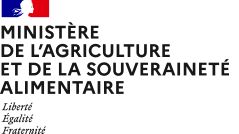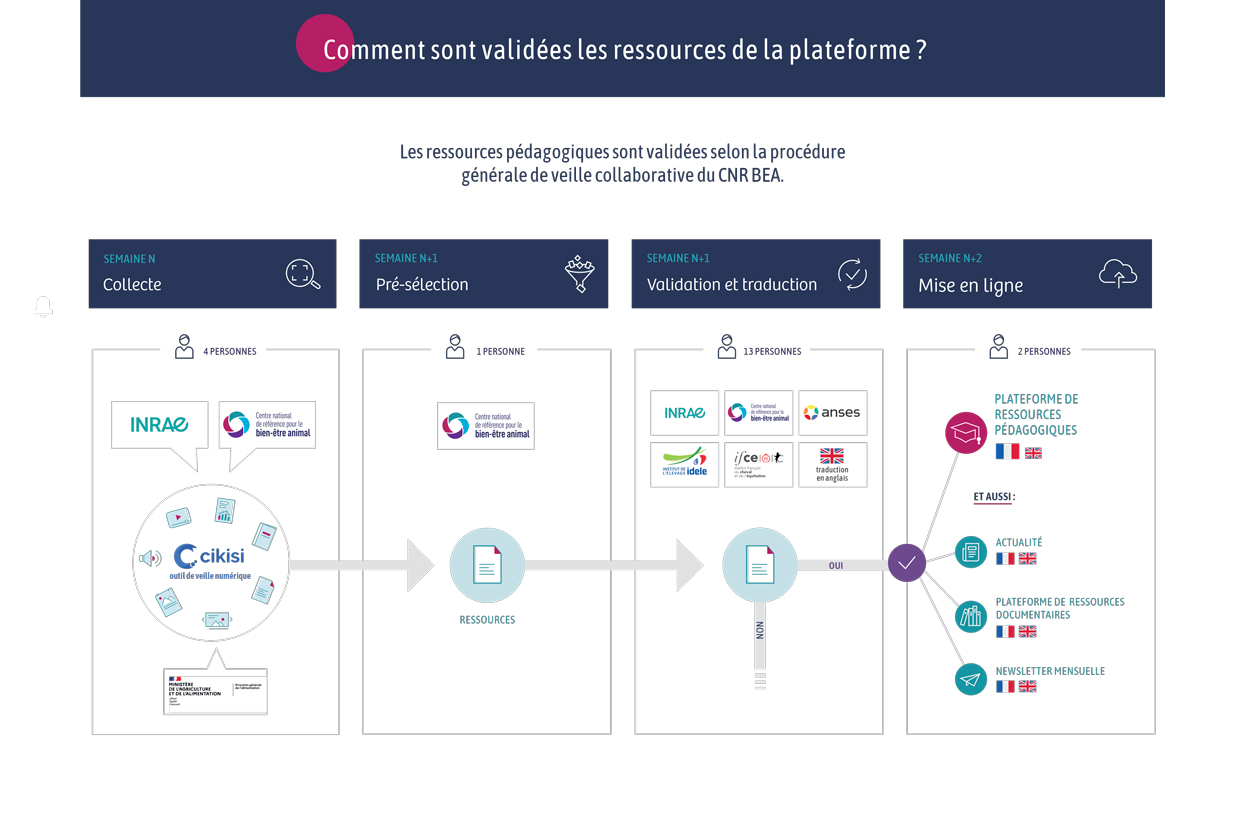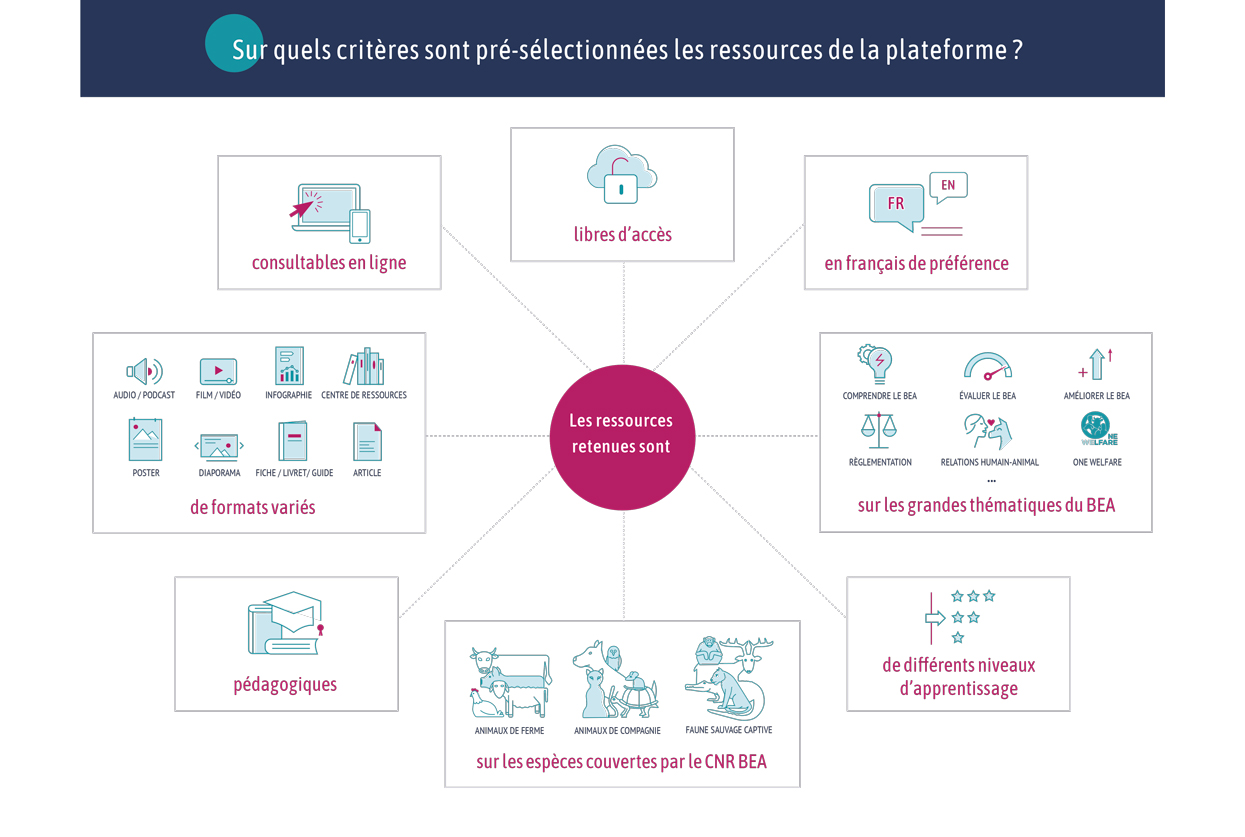Document type: opinion of the EFSA
Author: EFSA (AHAW Panel on Animal Health and Welfare)
Preview: The objective of this Scientific Opinion is to assess the hazards and welfare consequences associated with the slaughter of horses for human consumption. The entire slaughter procedure, from arrival at the slaughterhouse until death, is divided into three phases: Phase 1 - pre-stunning, Phase 2 - stunning and Phase 3 - bleeding. Phase 1 includes the following processes (in chronological order): (a) arrival, (b) unloading of the animals from the vehicle, (c) lairage, (d) handling and moving to the stunning area and (e) restraint before application of the stunning method. Phase 2 encompasses the stunning methods, while Phase 3 involves the bleeding process (i.e. exsanguination following stunning). Stunning methods for horses include penetrative captive bolt and firearms. Welfare consequences that horses may experience (such as handling stress, restriction of movement and injuries) and potential hazards were identified for all the phases along with preventive and corrective measures. For arrival and unloading during phase 1, this Opinion refers to a previous EFSA assessment on the transport of Equidae. Animal-based measures (ABMs) to assess all identified welfare consequences are proposed. A flowchart of ABMs to assess the state of consciousness is provided to allow monitoring during the stunning and bleeding phase at three key stages ((1) between the end of stunning and shackling, (2) during neck cutting or sticking, (3) during bleeding). Additionally, specific practices deemed unacceptable on welfare grounds are listed.





